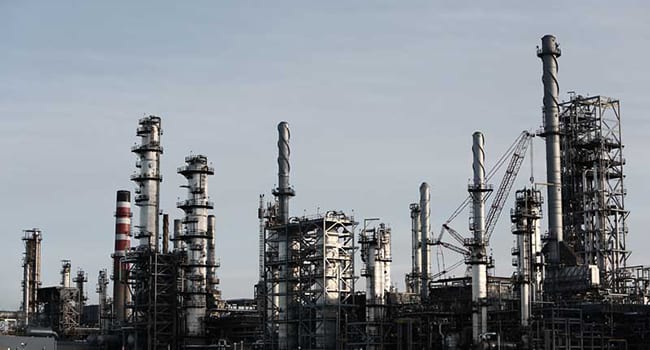 The U.S. is putting extreme pressure on the major oil producers, Saudi Arabia in particular, to cut output, firm up crude markets and ensure the continuity of the U.S. shale revolution.
The U.S. is putting extreme pressure on the major oil producers, Saudi Arabia in particular, to cut output, firm up crude markets and ensure the continuity of the U.S. shale revolution.
But on the other hand, the administration of United States President Donald Trump doesn’t want oil prices to go much higher. In an election year, Trump can’t afford that.
The U.S. wants prices up only high enough that shale oil production will continue rolling. Yet it also wants prices to stay affordable at the gas station.
With crude in the US$40 range per barrel, both goals could be met.
But this doesn’t meet the requirements of the Persian Gulf producers.
According to the International Monetary Fund (IMF), Saudi Arabia needs US$80 a barrel to balance its budget – and this was before the oil price crash of April.
Saudi Arabia export revenue in the first quarter in 2020 was US$52.69 billion, down 20.7 per cent from the same quarter in 2019, mainly due to a 21.9 per cent decline in oil export revenue. Total oil export revenue for the first quarter was US$39.99 billion, down from US$51.21 billion for the same quarter in 2019. This is despite forward sales of hydrocarbons mitigating the full impact of the oil price crash on the country’s quarterly revenues.
Here one also needs to consider the fact that during the listing of state-owned Saudi Aramco, the sole producer of Saudi oil, on the local Tadawul stock exchange in December 2019, the country pledged to distribute US$75 billion in dividends annually, through 2024. This amounts to a payment of US$18.75 billion per quarter, equal to almost half of the total oil revenue.
Despite all this, as Simon Watkins writes oilprice.com, the U.S. intimated to the Saudis that it would not tolerate considerably higher oil prices.
Last year, when oil prices were hovering above US$70 per barrel, Trump tweeted, underlining in plain terms, that Saudi King Salman bin Abdulaziz Al Saud wouldn’t last two weeks in power without the backing of the U.S. military.
Watkins emphasizes that the U.S. has absolutely no interest in the Saudis breaking even on their budget, despite the fact low prices would continue to slowly hemorrhage that country’s government into bankruptcy in the coming years.
When Saudi Arabia began flooding the crude oil markets in April, Trump reportedly threatened the Saudi Crown Prince Mohammed bin Salman. He apparently said that unless the Saudis began cutting oil production to push up prices to levels where the U.S. shale producers could make decent profits, he would be powerless to stop lawmakers from passing legislation to withdraw U.S. troops from Saudi Arabia.
The prince had to comply.
The Saudis are stuck between rock and a hard place. They can’t crush oil prices and cause sustained damage to the U.S. shale sector to maintain market share, nor can they allow prices to rise high enough to avoid bankruptcy.
Watkins emphasizes that the current production cuts are perhaps the cruelest of all. The Saudis have to implement and abide by them. They’re needed to keep oil prices high enough to ensure the profitability and growth of the US shale sector. Yet the cuts can’t continue for long or the Saudis, and others, won’t balance their budgets.
For the oil-rich Arab countries, the scenario is getting bleaker and the options are limited.
Toronto-based Rashid Husain Syed is a respected energy and political analyst. The Middle East is his area of focus. As well as writing for major local and global newspapers, Rashid is also a regular speaker at major international conferences. He has been asked to provide his perspective on global energy issues by both the Department of Energy in Washington and the International Energy Agency in Paris.
The views, opinions and positions expressed by columnists and contributors are the author’s alone. They do not inherently or expressly reflect the views, opinions and/or positions of our publication.


